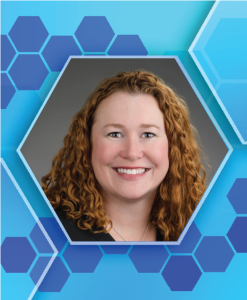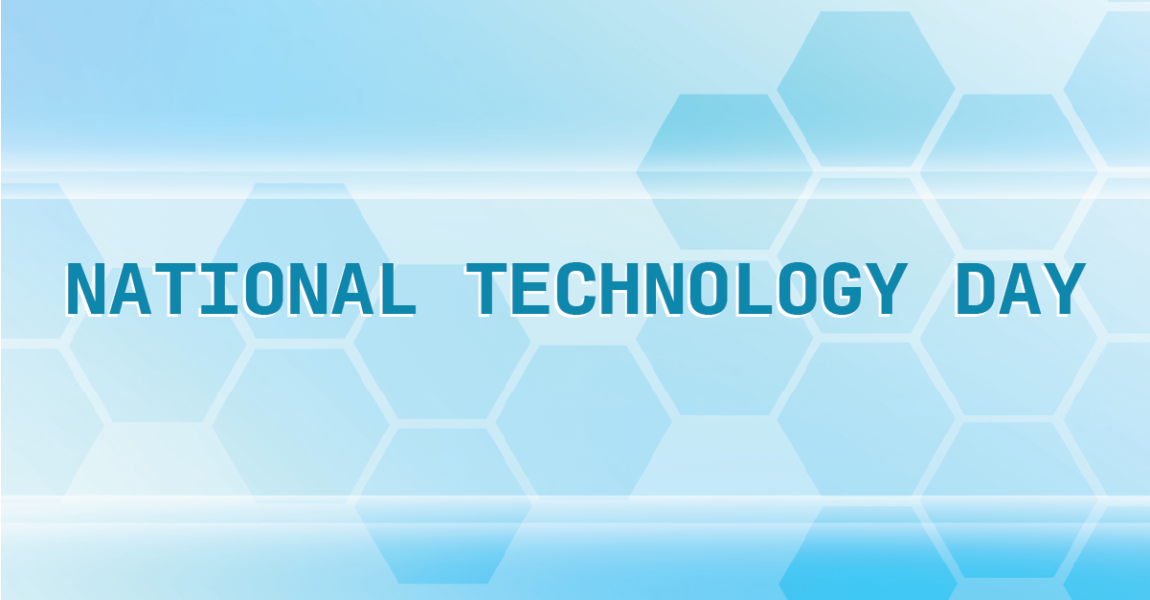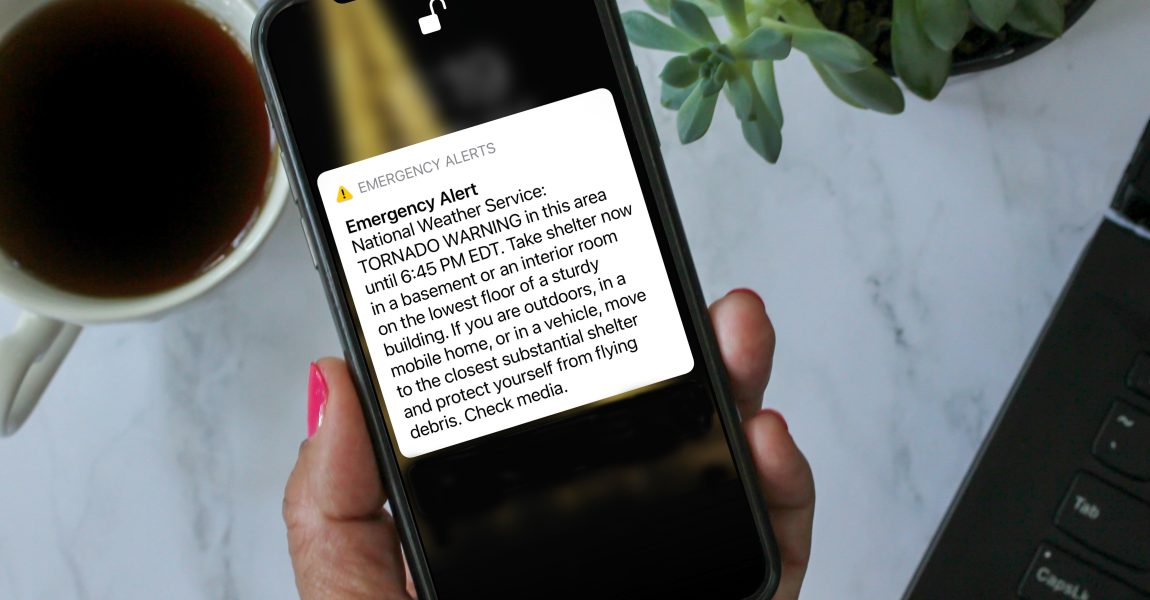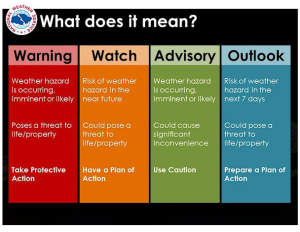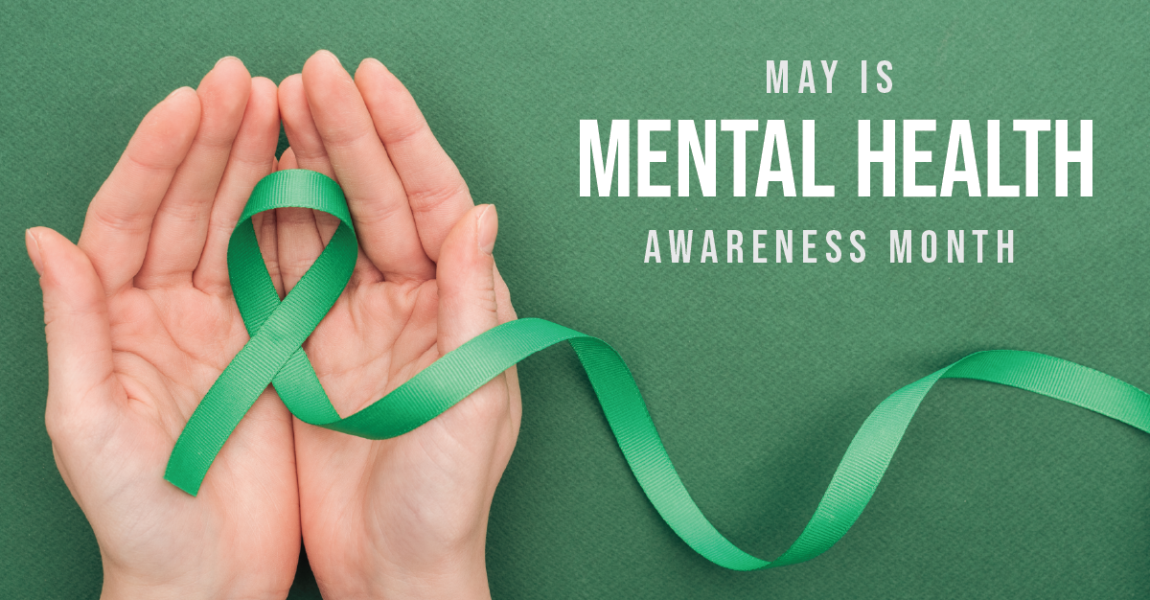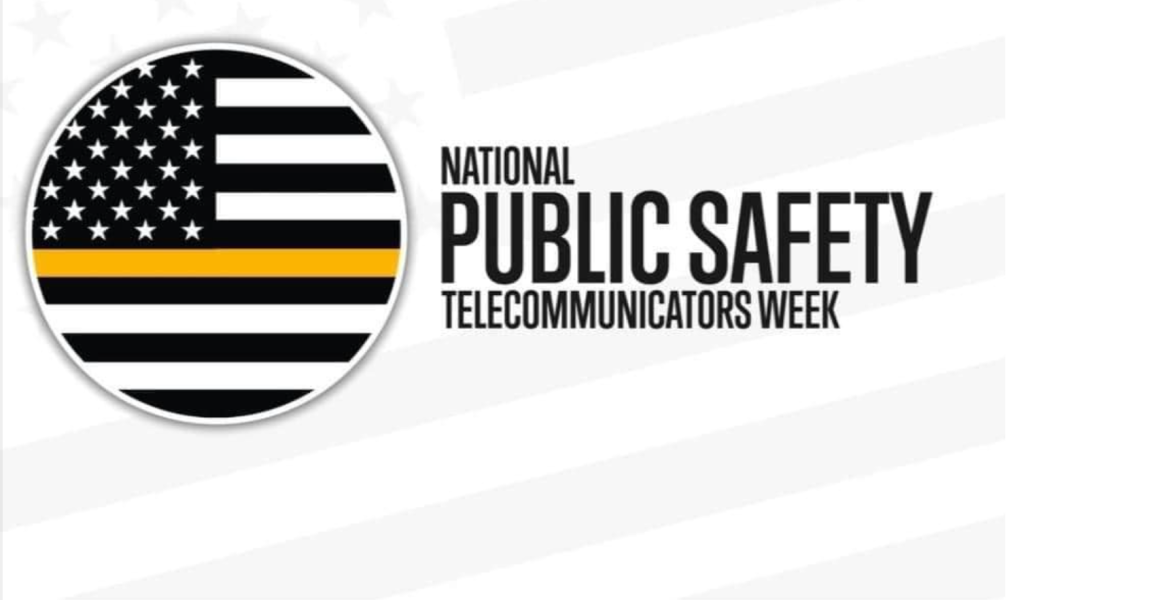National Technology Day featuring Ramya Cruz-Chacko and Kasey Cox
May 11th is known as National Technology Day. This day is celebrated each year to commemorate the importance of researchers, scientists, engineers, and other professionals related to the field of science and technology and honor their hard work in technological advancements. National Technology Day was first celebrated on May 11, 1999, and was established to raise awareness about how technology is developed and to celebrate technology professionals. This National Technology Day, the North Central Texas Emergency Communications District (NCT9-1-1) would like to highlight two women working in technology, specifically within the public safety sector. Combined, Ramya Cruz-Chacko, 9-1-1 Network Engineer, and Kasey Cox, 9-1-1 GIS Data Administrator, have over 25 years’ experience in the technology industry. This National Technology Day, Ramya and Kasey sat down with Destanie Ontiveros, 9-1-1 Communications Coordinator, to discuss their experience working within the technology industry, specifically the public safety sector, to share their successes and to offer advice to other technology professionals.
Ramya Cruz-Chacko
Although Ramya was always interested in pursuing a career in technology, she did not know her passion was network technology within 9-1-1. Following in her brother’s footsteps to pursue a bachelor’s degree in technology, Ramya found her interest in network technology after she graduated. Ramya later moved to Canada to pursue her master’s in internetworking. When asked what interested her in network technology, Ramya said, “I was always curious as to how and why things work the way they do and watching my work come to life is very rewarding.” As far as finding the niche for network technology within 9-1-1 services, Ramya found her purpose by serving the public in providing the best technology solutions for 9-1-1 services. Ramya said her calling has always been to serve the public, specifically by working on network technology for 9-1-1 services. “The most rewarding aspect of my job is being able to serve the community, especially on technology that is so important. Even though technology people aren’t necessarily seen or heard by the public, we still make a difference. We work on the technology that people rely on to call 9-1-1, and that is the most rewarding aspect to my job.”, said Ramya.
When asked what a typical workday as a 9-1-1 Network Engineer looked like, Ramya said, “Being in the technical field means anything could go wrong, so I don’t have set day to day tasks per say, I work on table stakes, new projects, and troubleshooting”. Ramya has worked on a lot of new projects that are completely new to 9-1-1 technology services and must be created from scratch. A lot of Ramya’s job consists of research, learning, testing, and implementing new technology via labs where she and her team of engineers can mock or test the newly developed technology and deploy it.
When it comes to staying up to date on new technology advances, Ramya listens to podcasts about the new technology trends and headlines. Ramya also keeps in communication with other network engineers to discuss the latest and greatest technology trends. One of Ramya’s biggest accomplishments in her career was leading and deploying a new network virtualization technology. During this project, Ramya studied new technology, scripted over 50 configuration files for more than 20 devices between all three DC sites. During this project, several hosts were migrated to the EVPN network with assistance from other NCT9-1-1 technology experts.
Regarding any advice or tips for other people interested in pursuing a career in technology, Ramya encourages more women to join the technology field. “Technology is considered a male dominated field, but even so, women can do this and be successful.”, said Ramya. Ramya encourages more women, especially those who are in school, to think about technology and learn whether they’d like to pursue it. Ramya believes that being a technology professional is very rewarding, especially within the public safety industry.

Kasey Cox
Kasey didn’t always know she wanted to pursue a career in GIS Technology. Kasey originally wanted to be in the environmental science field, which she was. Kasey was actively working as an environmental scientist when she realized it wasn’t for her. Kasey received her Bachelor of Science in Environmental Science and soon realized she enjoyed her GIS focused courses more than the environmental science work. Kasey soon went back to school to earn her Master of Science in Spatial Science when she truly found her interest. Kasey decided to go into Geospatial Information Systems (GIS) technology because she was not enjoying urban environmental science.
As the 9-1-1 GIS Data Administrator for NCT9-1-1, Kasey’s biggest responsibility is to ensure the public safety systems are frequently updated successfully and accurately. Currently, the GIS team at NCT9-1-1 updates the public safety systems twice a week. Another responsibility of Kasey’s is to always look for ways to speed up the workflow on these public safety systems and identify new ways to improve the systems. Kasey’s day to day tasks include monitoring the health of the systems and services that allow the team to collect data from county partners to be reviewed. Kasey also processes the updates and provisions them out to the Next Generation 9-1-1 system. Aside from those big tasks, Kasey also manages the servers that allow data sharing between the open data portals and the public facing web app that are used by county officials and other essential agencies such as post offices.
“My whole experience with GIS has been that it helps other people in some way.”, Kasey mentioned when describing a reason her GIS technology job is rewarding to her. GIS technology is used in all aspects of the world, to implement this technology towards 9-1-1 services is very important and helpful to the public safety industry. “In this role, all the GIS work we do is to help citizens get 9-1-1 services as quickly as possible, and that’s why it matters”, said Kasey. GIS is always done to help others in some way, so to use this technology to help citizens receive better 9-1-1 services is rewarding for Kasey.
When it comes to staying up to date on current GIS technology breakthroughs or news, Kasey mentions the resources she uses from the tight knit GIS community. A lot of the regional GIS community meetings or user groups help Kasey to stay up to date. The ESRI software is also a big resource Kasey uses to stay up to date and grow her knowledge. ESRI offers many webinars that showcase new GIS technologies or new ways of using GIS technology. GIS is a multi-facet industry that allows for many different opportunities to work and improve the use of GIS technology. “Sometimes, hearing about what another GIS team has done really challenges you to think how you can tweak your workflow to make it more efficient.”, said Kasey.
Kasey’s proudest project to date has been creating the current dispatcher base maps. Kasey worked endlessly on this project with the help of her GIS team to ensure the project was successful. Kasey essentially learned a new software to use for the project and learned how to reconfigure maps. Now that this mapping technology has been completed and published, it is available and used in all 40+ of the Emergency Communications Centers (ECCs) within NCT9-1-1’s service area and the public web app. Kasey still works on this project continuously applying updates and other maintenance functionalities.
Kasey would like to thank other GIS technology professionals within the public safety industry and says it is an honor to work alongside them. Some tips Kasey has for other GIS technology professionals is to keep working on the GIS data because it is the future for Next Generation 9-1-1, and that she is immensely proud of all the work other GIS professionals have put forth so far. “For people just finding out about GIS, it’s a really fun industry and is a great tool that can be used by any industry out there, so I encourage you to go for it!”, said Kasey when asked about any other tips for future GIS professionals.
